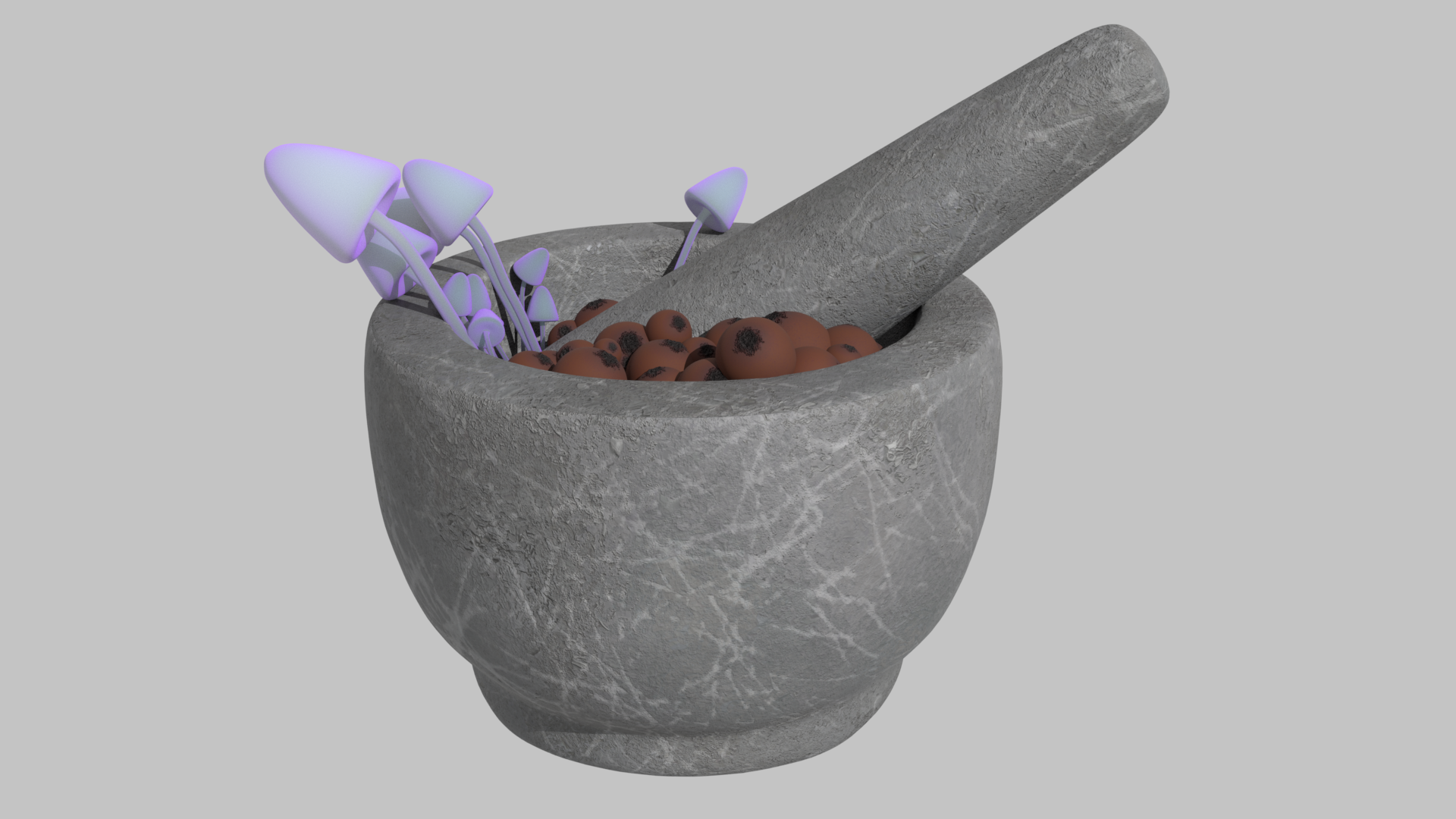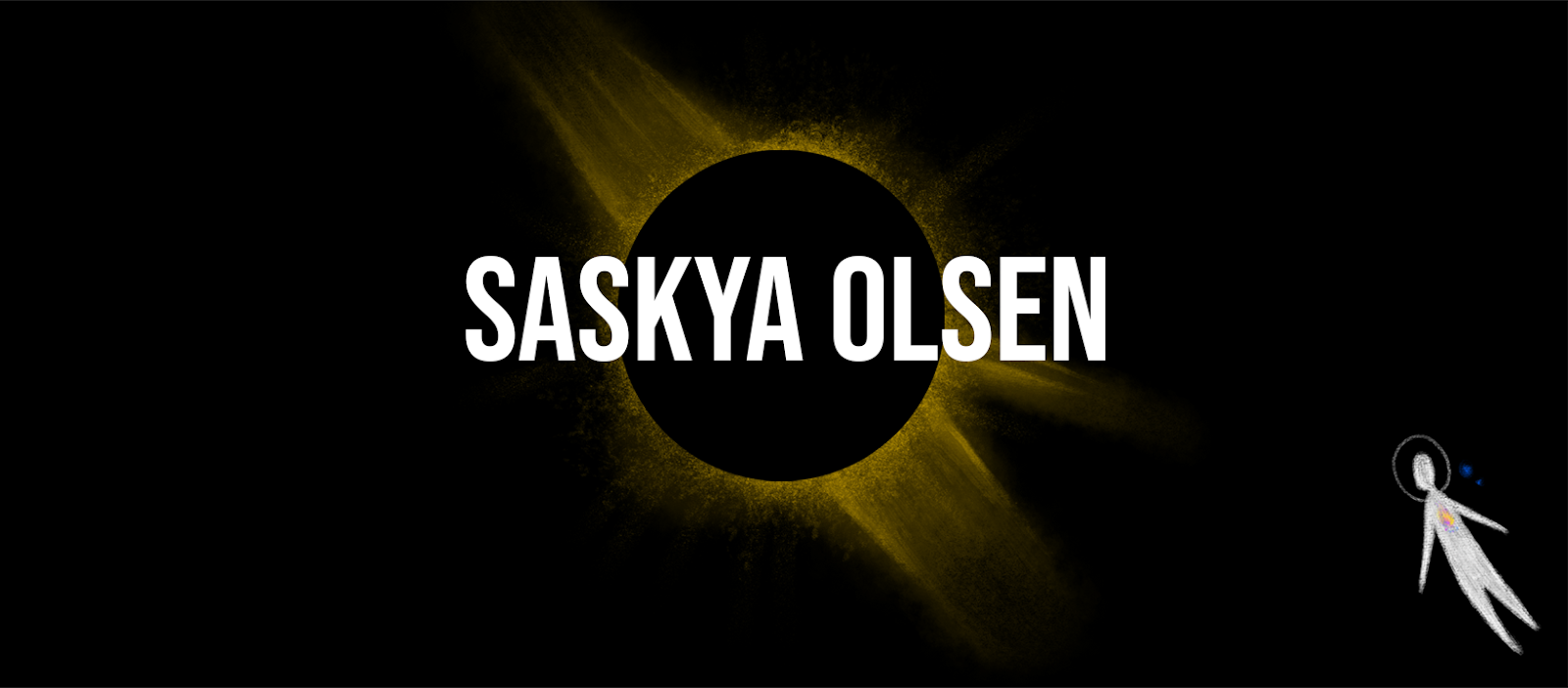To further develop my Premise projects environment, I chose to experiment with modelling and texturing a prop taken from my storyboard. I used modelling methods from Simon's Easter modelling masterclass, alongside my new knowledge in Substance Painter to create a rendered prop.
 |
| I started with a sketch of my chosen prop, a mortar and pestle, which then developed into an orthograph page spread. |
 |
| Importing my orthographs into Maya, I began the modelling process. Instead of starting with a sphere, I created a cube, smoothed the shape and used modify > convert > smooth mesh previews to polygons to create a sphere made of quads. Whilst modelling, I considered the placement of edge loops to prevent unwanted triangles in the mesh. |
 |
| I used the same process to model a pestle, figuring out a balance between hard and soft edges. I used the bevelling tool for extra geometry, making sure I didn't rely on smooth preview for my desired outcome. |
 |
| Once happy with the mortar and pestle, I created very simple berry and mushroom models; much of their importance would come from their textures. |
 |
Moving into Substance Painter, I experimented with concrete material presets on my UV's. I adjusted the presets for a polished stone with some coarseness throughout. At this stage, I also baked out very simple materials for my berry and mushroom props.
|
 |
| I rendered out the pestle and mortar, but was unhappy with the quality of the blurry stone texture... |
 |
| I was however, satisfied with the berry material and began placing duplicated models throughout my scene. |
(A= left D = right) For the mushroom models, I experimented with more interesting materials. I think A and D are most successful. A is a skin preset with blue subsurface colours, no specular and no coat (to remove shine). B is only 75% skin preset, creating an unusual mix between a blue subsurface colour and external pinks from the skin preset. C is several maps made in Substance Painter, but looks too rough and too similar to the mortar texture. D is a mix between subsurface velvet and skin presets, creating a strange purple and blue gradient. The SSS must be high within Arnolds render settings to reduce graininess when rendering these assets.
 |
| For the final render, I exported the stone material again for better quality. I also chose the most successful mushroom material (D) and placed duplicates around my scene. Overall, I'm happy with this test. Something to consider, however, is stylisation. This could be achieved through exaggerated proportions and more abstract colour choices. |











Comments